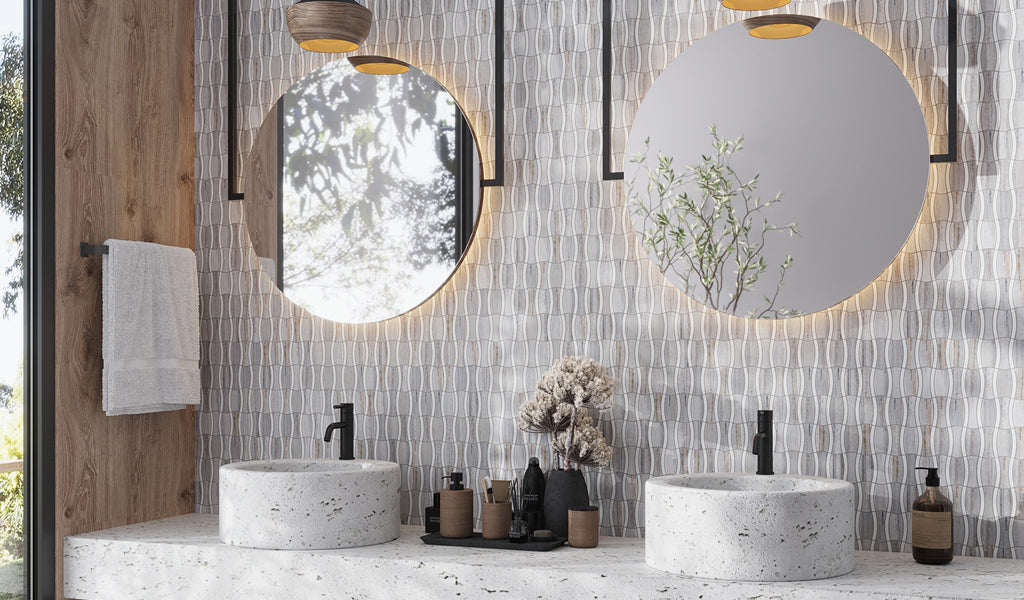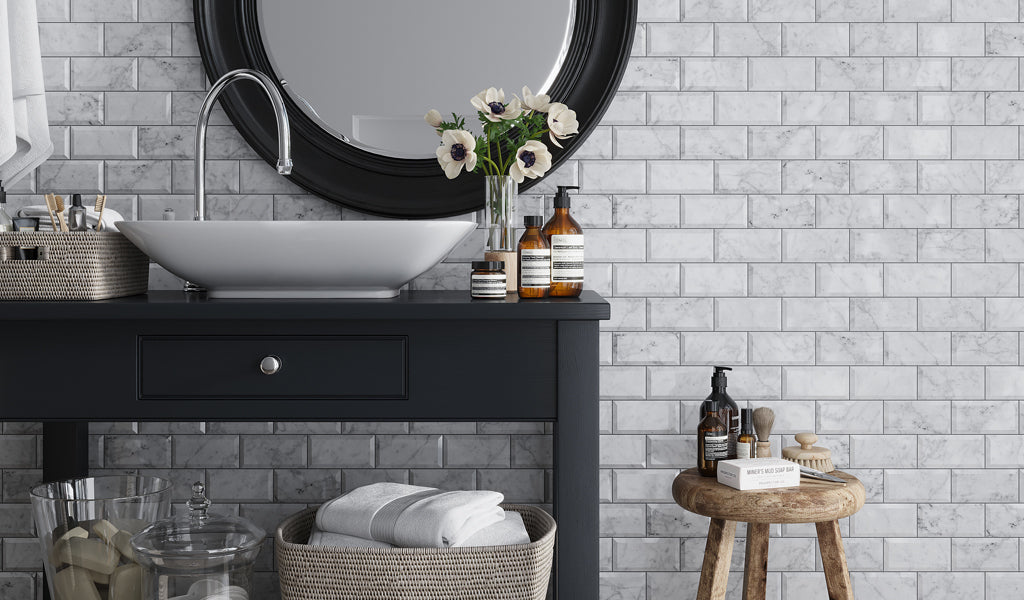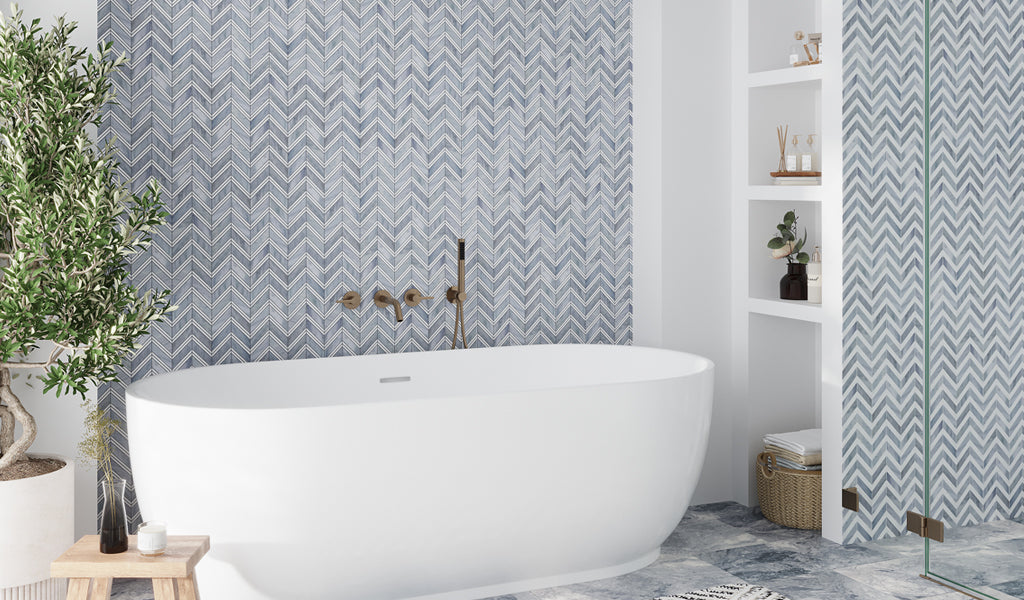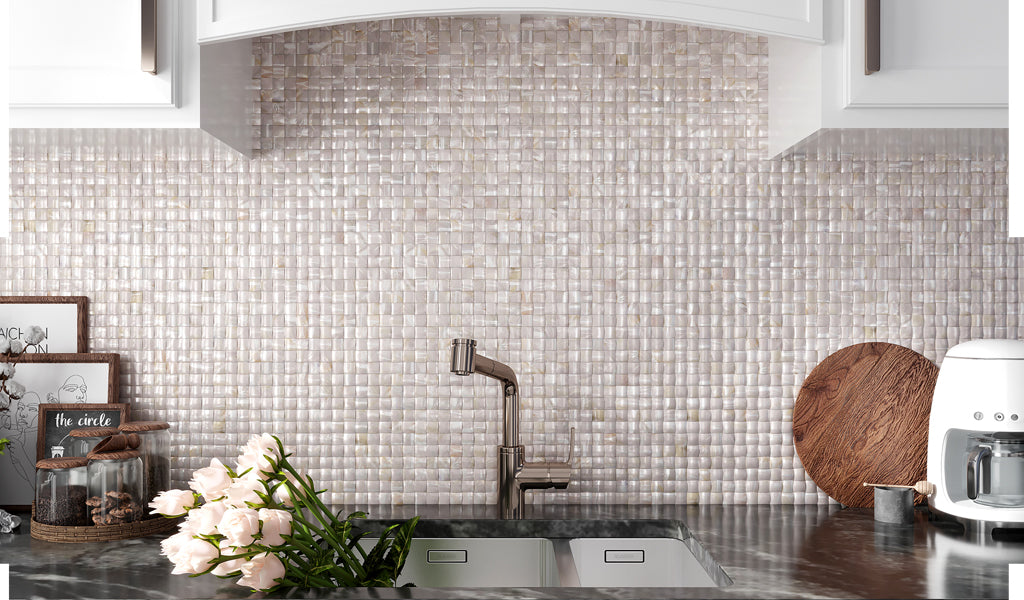A Simple Approach to Installing Ceramic Tile on a Tile Floor
Nov 04, 2024Ceramic tile installation is a rather complex yet rewarding project that contributes to the aesthetic appeal of a space and adds long-lasting durability to floors. Correct tile floor installation requires careful planning, precise measurements, and proper tools for execution to succeed. This detailed guide will explore the necessary steps on how to install tile floor efficiently, providing homeowners and professionals alike with best practices for laying ceramic tile.
Preparing the Space for Installation
1. Assess the condition of existing floor
Before tile floor installation, the substrate must be stable, level, and free from debris and cracks. Only under these conditions can the installation proceed without encountering issues.
2. Clean and repair the old floor
Where you’re installing a kitchen or shower floor tile, an important part of installation is determining the layout. Whether you are planning a simple square arrangement or a complex mosaic design, getting the layout right will enhance the aesthetics of the room. Dry fit the tiles without adhesive to get the best results.
3. Choose the right adhesive and grout
It's important to note that the type of adhesive selected as well as the grout used on the floor tiles will influence durability. Flexible adhesives are preferred for minor shifts over time, especially when the tile installation happens over an existing tile floor. Grout should be durable and complement the job at hand.
Planning the Layout of Your New Tile Floor Installation
1. Measure the area accurately
Proper measurements will avoid wastage and ordering the right number of tiles. Use a tape measure to measure the perimeter of the floor because there is a possibility of cuts during the application of tile.It is recommended to order 10-15% extra products to cater for wastage and future repairs.
2. Determine the tile layout
Where you're installing a kitchen or shower floor tile, an important part of installation is determining the layout. Whether you are planning a simple square arrangement or a complex mosaic design, getting the layout right will enhance the aesthetics of the room. Dry fit the tiles without adhesive to get the best results.
3. Create markings as guidelines
Mark the starting point on the floor so you get perfectly straight rows. These reference makings will guide you through the processes so as to avoid rows that aren't aligned. Chalk lines are a common staple in a professional's kits when laying tile.
Benefits of Ceramic Tile
The benefits of using ceramic tile include high durability, water resistance, and low maintenance. For long-term solutions, especially in areas of the house that see increased foot traffic, like the kitchen and bathroom, installing ceramic flooring is a worthwhile investment. These clay-based and kiln-fired tiles allow you to choose from a wealth of colors, sizes, and patterns so you can bring your unique ideas to life.
Why Install Over Existing Tile?
Installing tile floors over existing tiles saves time and labor spent on the removal process of old flooring. This process, if done correctly, would be efficient, provided that the present tiles are stable and level to support placing new ceramic tiles directly over them. All the same, it is very important that proper quality adhesive be applied to the installation when tile is being installed directly over the existing tiles.
Essential Tools and Materials Needed
To install ceramic tile perfectly, the following tool are necessary:
- Tile spacers for uniform gaps between tile joints
- A level to ensure the surface is flat
- Tile cutter for cutting with extreme precision if needed
- Durable adhesive and grout suitable for the project
- Notched trowel to spread the adhesive evenly
- Sponges and clean water to clean during grouting
Installing the Ceramic Tile
1. Applying the adhesive properly
Use a notched trowel to spread the adhesive. Work in small sections to avoid the adhesive to dry before you can place all tiles. Be sure that the adhesive fully covers the surface onto which it will be making contact with the tile.
2. Laying the tiles: techniques and tips
Press the tiles on adhesive in a gentle manner using tile spacers between the joints. It helps in maintaining uniform gaps. Begin from the center of the room and work towards the walls to achieve a balanced alignment. Use a leveler to make sure the tiles are straight.
3. Cutting tiles for edges and corners
Tiles require precise cutting to fit around edges and corners. A tile cutter or wet saw is essential for achieving clean cuts. Learn more about cutting ceramic tiles here!
Finishing Touches After Installation
1. Grouting the Tiles: Step-by-Step Process
Follow manufacturer's guidelines to mix grout to the right consistency. Use a grout float to apply grout, pushing it into the joints and making sure they are filled so no air pockets are formed.
2. Cleaning Up Excess Grout and Haze
After filling the joints with grout, allow it to dry for about 10-15 minutes then remove excess from the tile surface before it hardens. Use a soft sponge dampened in clean water. Leave the grout to set for at least 24 hours, then clean haze with clean water and a soft sponge. Repeat this step until the tiles are clean. Next, dry and shine with a soft microfiber cloth.
3. Sealing the Grout and Maintaining Your New Floor
Sealing the grout lines prevents moisture penetration as well as stains. Reseal once or twice a year and use non-abrasive products to clean the tiles and grout lines.
Best Way to Maintain My Ceramic Tile Floor
After tile floor installation, sweep or vacuum ceramic flooring regularly to remove dust and dirt. A solution of warm water and tile cleaner will get rid of stains and keep the floors in a pristine condition.
Conclusion
This step-by-step guide on how to install ceramic tile follows accurate preparations, measurements, and tools needed for proper application. This will result in a long-lasting floor design which is also very attractive. DIY projects need patience and paying attention to every detail. Make sure to follow the manufacturer’s instructions to achieve the best results. Completing a tile flooring installation project instills confidence for future renovations. Explore more of Apollo Tile’s products online to find the best tile for your project.
Frequently Asked Questions:
1. Can I install ceramic tile over any type of tile?
While it is possible to lay ceramic tile over existing tile, the existing floor has to be stable and level for the best results.
2. How do I ensure my tile floor is level before installation?
Use a Level Checker to ensure the floor is level. Any dips or high spots have to be corrected before installing a tile floor.
3. What tools do I need for tile cutting?
A tile cutter or a wet saw with a diamond blade. These are essentials for getting good cuts.
4. How do I choose the right grout for my ceramic tile?
Select grout that is suitable for the area of installation. Match grout color to the tile to achieve a seamless and cohesive look. Contrasting grout color will result in a more dramatic effect or highlight the tile pattern and style more.
5. Do I need to use grout with ceramic tile?
Grouting ceramic tiles holds the installation together and protects against moisture, chipping, and wear.
6. Is it necessary to seal grout after installation?
It is highly recommended to seal the grout to protect from moisture and discoloration and make cleaning easier.
7. How long does it take for the adhesive to dry completely?
Generally, cement-based adhesives are given 24-48 hours to set and dry.
8. How long should I wait before walking on a new tile floor?
Wait till the adhesive and grout are fully set before walking on the floors, at least 48 hours
9. Can I install ceramic tile in a bathroom or kitchen?
Yes, ceramic tile is ideal for kitchen and bathroom use as it is highly durable and resistant, not to mention easy to clean.
10. What should I do if a tile breaks during installation?
Swap the broken tile with a new one to prevent any breach of the floor. Be prepared at all times and keep a few spares ready for any repairs.










